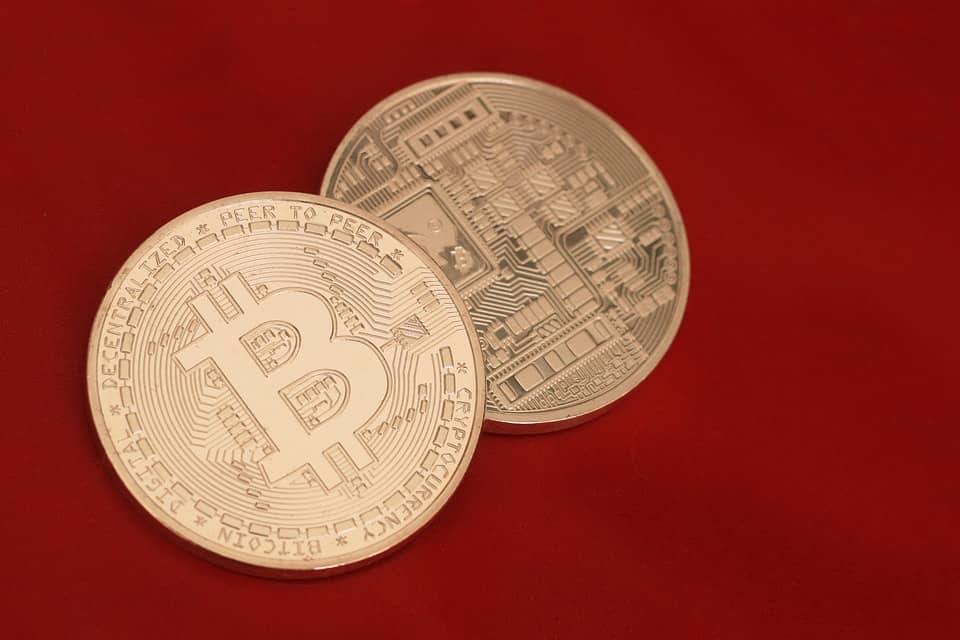Rise of the Blockchain Renegades: What Makes Altcoins Different
The rise of blockchain technology has been nothing short of meteoric, with Bitcoin (BTC) leading the charge as the first decentralized digital currency. However, over the years, a new breed of cryptocurrencies has emerged, often referred to as altcoins. These altcoins have shaken the status quo, challenging the dominance of Bitcoin and carving out their own niches in the market. In this article, we’ll delve into the world of altcoins, exploring what makes them different and what sets them apart from the rest.
The Origins of Altcoins
The first altcoin, Namecoin, was created in 2011 as a fork of the Bitcoin protocol. However, it wasn’t until the emergence of Litecoin in 2011 that the concept of altcoins truly gained traction. Litecoin, designed to be a faster and more energy-efficient alternative to Bitcoin, was created by Charlie Lee, a former Google engineer. Since then, the number of altcoins has exploded, with thousands of new cryptocurrencies entering the market.
The Characteristics of Altcoins
So, what makes altcoins different from Bitcoin? Here are some key characteristics that set them apart:
- Innovative Technology: Altcoins often employ innovative technologies or modifications to the traditional blockchain protocol. For example, some altcoins use smart contracts, decentralized applications, or proof-of-stake consensus algorithms.
- Unique Features: Each altcoin typically has its own unique features, such as faster transaction times, lower fees, or higher security standards.
- Competition: Altcoins often emerge as direct competitors to Bitcoin, vying for market share and user attention.
- Decentralization: Altcoins, like Bitcoin, are decentralized and operate independently of traditional financial systems.
The Benefits of Altcoins
So, what are the benefits of investing in altcoins? Here are a few reasons why investors are flocking to this space:
- Diversification: Altcoins offer a diversification strategy for investors, providing a hedge against market fluctuations and potential Bitcoin price drops.
- New Use Cases: Altcoins often have unique use cases, such as micropayments, gaming, or supply chain management, which can lead to innovative applications and business models.
- Community Engagement: Altcoin communities are often more active and engaged, with developers and enthusiasts working together to drive development and growth.
- Potential for Higher Returns: Altcoins can offer higher returns than Bitcoin, especially during times of market volatility.
The Rise of the Altcoin Giants
Several altcoins have gained significant traction and attention in recent years. Some of the top altcoin giants include:
- Ethereum (ETH): The Ethereum network has grown to become the largest smart contract platform, with thousands of decentralized applications (dApps) built on its blockchain.
- Ripple (XRP): Ripple has gained popularity due to its focus on cross-border payments and remittances, with many banks and financial institutions adopting its technology.
- Cardano (ADA): Cardano has established itself as a leader in the Proof-of-Stake (PoS) consensus algorithm, with a focus on scalability and interoperability.
- Stellar (XLM): Stellar has become a leading platform for cross-border payments and has gained popularity among financial institutions and non-profits.
The Future of Altcoins
The future of altcoins looks bright, with many promising developments on the horizon. Some of the key trends and predictions include:
- Mainstream Adoption: Altcoins will continue to gain mainstream adoption, with more financial institutions and businesses integrating blockchain technology into their operations.
- Innovative Applications: Altcoins will enable innovative applications, such as decentralized finance (DeFi) and gaming, to emerge and gain traction.
- Consolidation: The altcoin market will likely undergo consolidation, with stronger coins rising to the top and weaker ones being left behind.
Conclusion
The rise of altcoins has revolutionized the cryptocurrency landscape, offering a diverse range of options for investors and users. While some may see altcoins as a threat to Bitcoin’s dominance, others see them as an opportunity to diversify their portfolios and invest in innovative technologies. As the altcoin market continues to evolve, one thing is certain – the future of blockchain technology is bright, and altcoins will play a significant role in shaping it.
Frequently Asked Questions
Q: What is an altcoin?
A: An altcoin is a cryptocurrency that is not Bitcoin. There are thousands of altcoins, each with its own unique features and characteristics.
Q: Are altcoins safe?
A: Like any cryptocurrency, altcoins are only as safe as the underlying technology and security measures in place. However, many altcoins have implemented robust security features to protect users and investors.
Q: How do I invest in altcoins?
A: You can invest in altcoins through various exchanges, such as Coinbase, Binance, or Kraken. You can also invest in altcoin-related companies or tokens through Initial Coin Offerings (ICOs).
Q: Which altcoin is the best?
A: Each altcoin has its own unique features and benefits, making it difficult to identify a single "best" altcoin. Research and due diligence are essential when evaluating altcoins for investment or use.
Q: Can I use altcoins for everyday transactions?
A: While some altcoins are designed for everyday transactions, the adoption and availability of altcoins vary widely. It’s essential to research the altcoin’s use cases and compatibility with your specific needs before making a decision.
By understanding the characteristics, benefits, and future of altcoins, investors and users can make informed decisions about which altcoins to invest in or use. As the blockchain renegades continue to innovate and push the boundaries of what’s possible, the future of altcoins looks brighter than ever.

Leave a Reply